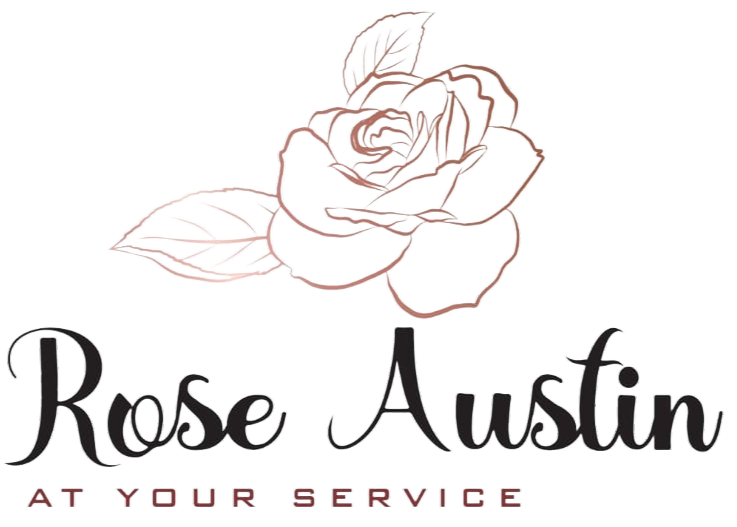Planning a conference comes with many decisions—starting with whether to go the à la carte or all-inclusive route. Each option has its own strengths, and finding the right fit depends on your goals, budget, and vision for the event.
The À La Carte Approach
This option gives you the freedom to hand-pick services from various vendors, creating a personalized event.
Pros:
– Tailored to Your Vision: You get to customize every element to suit your needs.
– Flexibility: Allows you to work within a specific budget and hire specialists for each service.
Cons:
– Time-Intensive: Managing multiple vendors and contracts can be overwhelming.
– Coordination Challenges: Ensuring smooth collaboration between vendors takes extra effort.
The All-Inclusive Package
An all-inclusive option bundles most (or all) services through a single provider, such as a venue that offers catering, AV equipment, and more.
Pros:
– Hassle-Free: Everything is streamlined, saving you time and stress.
– Simplified Budgeting: Bundled pricing often makes costs more transparent.
Cons:
– Less Customization: Limited ability to personalize every detail.
– Vendor Restrictions: You’re typically required to use the pre-selected vendors in the package.
At Rose Austin Consulting, we specialize in guiding you through these choices. Whether you want the creative flexibility of à la carte planning or the convenience of all-inclusive packages, our team is here to ensure your conference is exactly what you envision.
With experience, attention to detail, and a love for crafting unforgettable events, we make the planning process as smooth and stress-free as possible. Let’s make your next conference extraordinary—your vision, our expertise!
– Sibongile Chadyiwa & Ethan Hall





